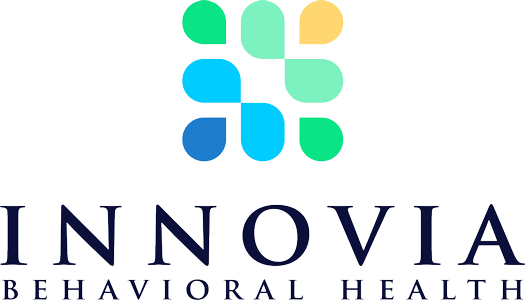The Tennessee House of Representatives has approved a new measure limiting opioid prescriptions for temporary and first-time uses. With this action, it has passed a critical part of Governor Bill Haslam’s plan to deal with the state’s opioid crisis.
Senate Majority Leader Mark Norris, R-Collierville, and Rep. David Hawk, R-Greeneville sponsored the measure, which limits prescriptions for new opioid patients. It doesn’t cut prescriptions for current prescription opioid users or patients living with chronic pain. The measure passed by a count of 94-1.
Legislation to Fight Opioid Epidemic
Rep. Sabi Kumar, R-Springfield, who is also a surgeon, referred to the measure as a “major piece of legislation in our fight against the epidemic.”
Earlier this year, the governor outlined a $30 million effort to take on the Tennessee opioid crisis.
Doctors Critical of Proposed Law
The Tennessee Medical Association and the state’s doctors were critical of the governor’s plan, called TN Together. They were concerned that it limited doctors’ ability to prescribe opioid medications to patients on an as-needed basis.
Compromise with Healthcare Providers Reached
Healthcare providers, the Haslam administration and lawmakers reached a compromise on the measure that gave doctors more leeway when prescribing opioids. Instead of the original five-day limit for prescriptions, doctors can prescribe up to 10 days’ of medication in some cases.
The goal of limiting prescriptions is to curb the number of new state residents becoming addicted to opioids. Studies have shown that patients who receive prescriptions for more than five days’ of opioids are at higher risk for addiction.
The new bill sets limits of three, five and 10 days for opioid prescriptions. Dosages can’t exceed a total of 500 milligrams of morphine equivalent.
The bill recognizes exceptions for patients with serious ailments, as well as those who are undergoing “more than a minimally invasive procedure” or one where “the risk of intense pain exceeds the risk of addiction.”
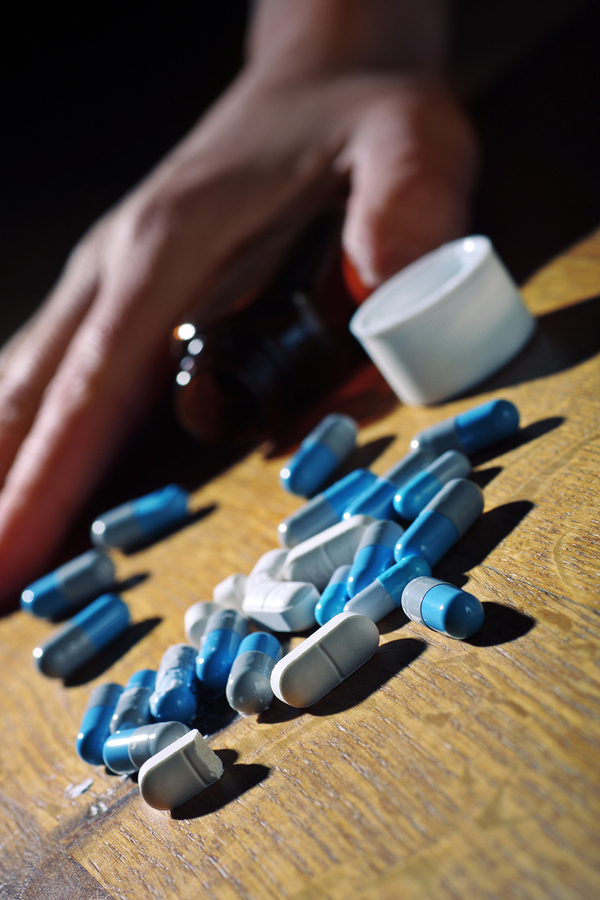
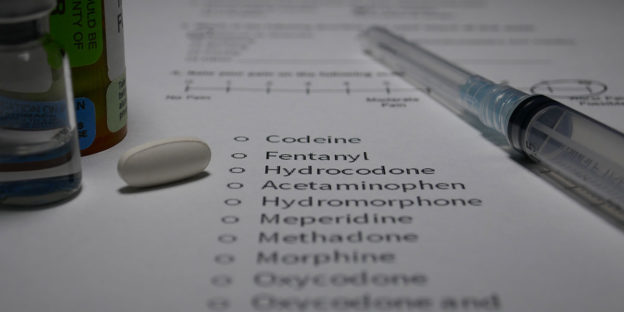

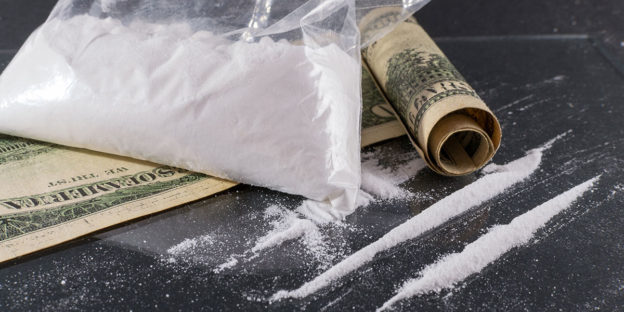
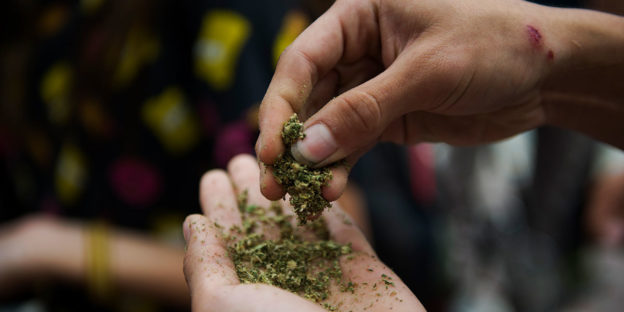

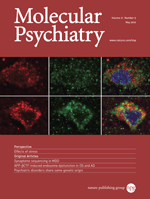 The results of a recent study have found that heavy marijuana use may decrease the level of dopamine released in the brain. Dopamine is a chemical transmitter that sends signals to the brain and is involved in movement, as well as learning, memory, cognition and pleasure.
The results of a recent study have found that heavy marijuana use may decrease the level of dopamine released in the brain. Dopamine is a chemical transmitter that sends signals to the brain and is involved in movement, as well as learning, memory, cognition and pleasure.